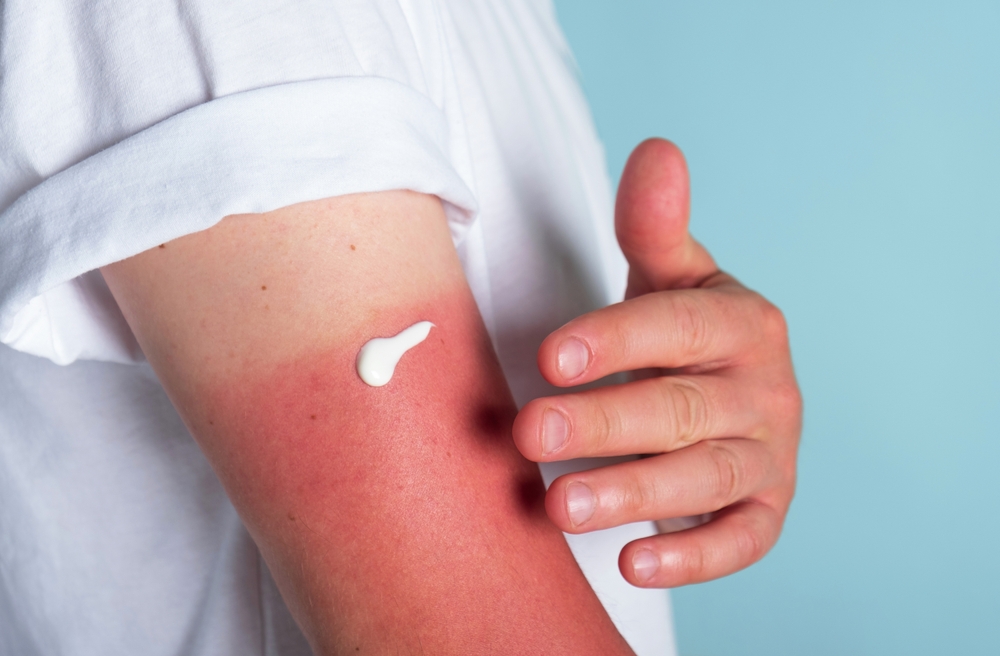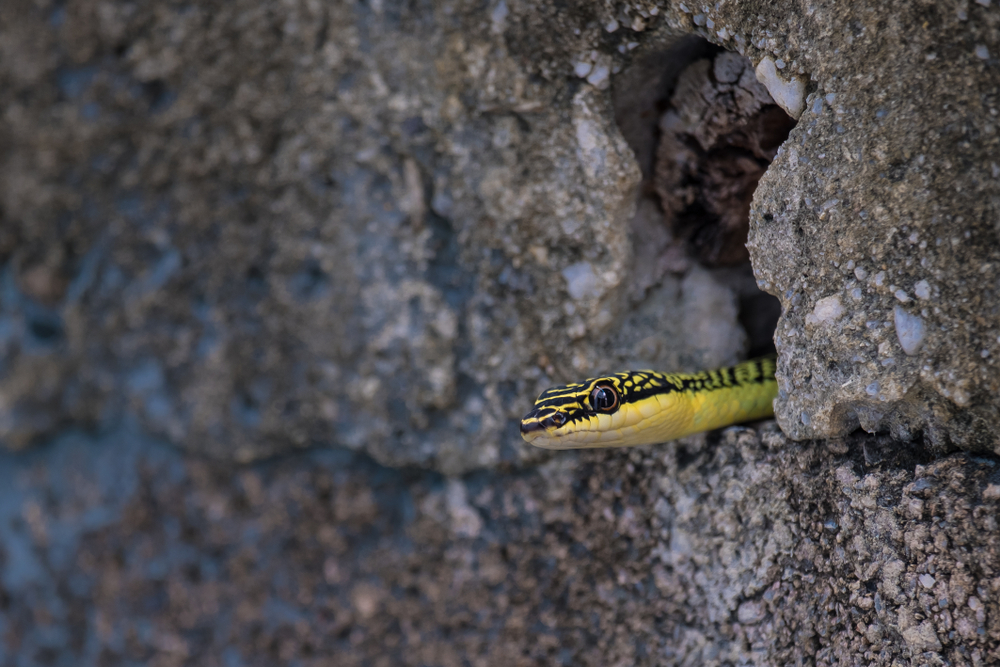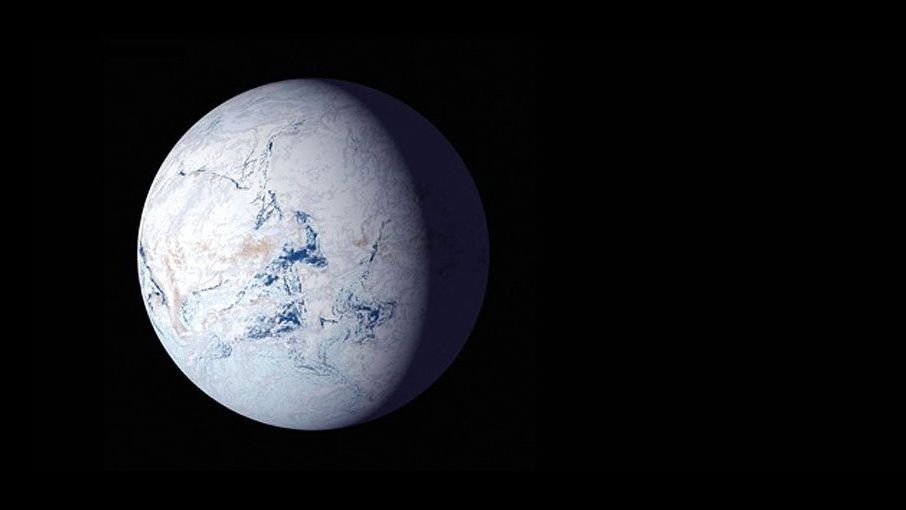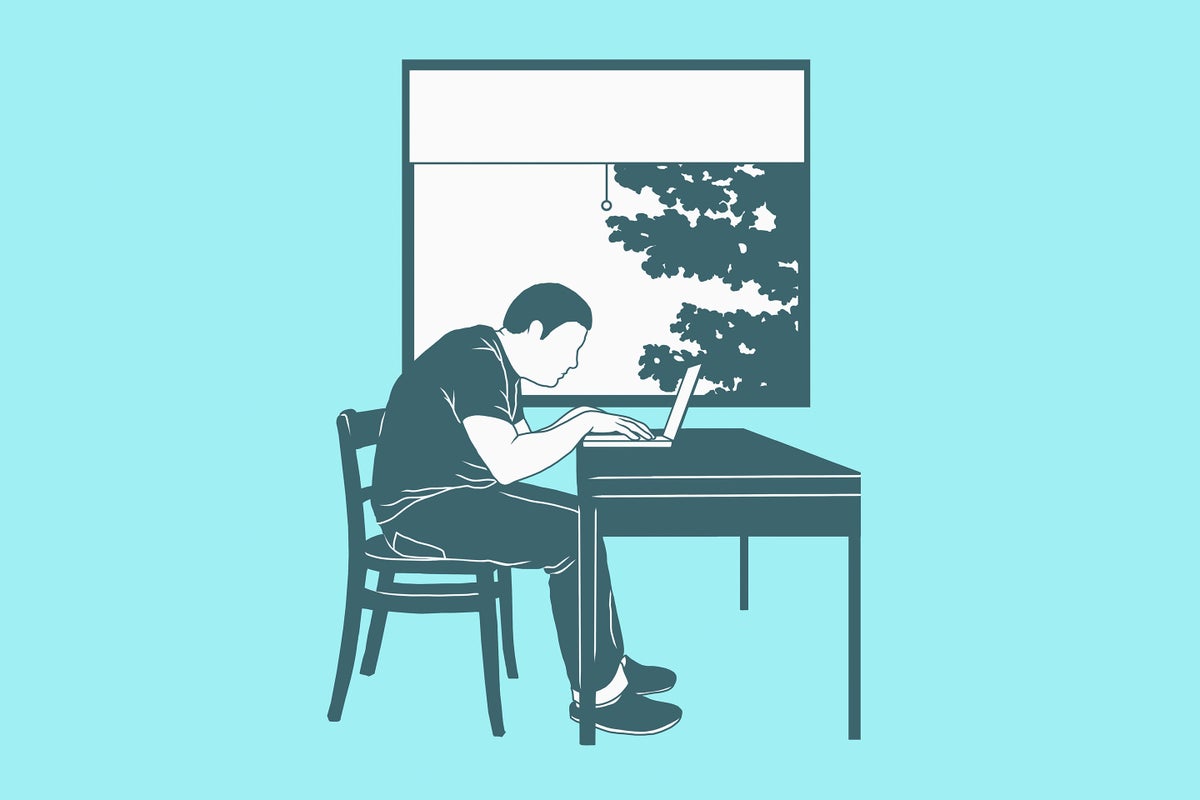When Brooke Jude, a molecular microbiologist at Bard College, collected her first sample from the Hudson River Valley watershed for a research project focused on local and indigenous microbial communities, she noticed an unusual colony on her agar plates. She had struck purple. Her local watershed turned out to be home to novel microbes that naturally produce a vibrant, purple pigment called violacein.
Violacein, produced by various bacterial species, including Janthinobacterium, is known for its antimicrobial properties, which help amphibians fight off chytridiomycosis, a fungal disease.1 As she started plating local water samples, Jude realized how accessible these microbes were to culture and was confident that there were more bacterial species capable of producing violacein that had yet to be discovered. So, with the help of students and citizen scientists, she has been exploring local waterways for 14 years in search of these purple-pigmented microbes.2 She cultivates these microbes in her lab to observe how they grow and maps their whole genome sequences to identify a menagerie of purple microbes.3
Brooke Jude searches for novel pigment-producing microbes and has used naturally purple-pigmented microbes to dye synthetic and cotton fabrics.
Anne Madden, The Microbe Institute
Jude also explores the more artistic side of this eye-catching hue. Throughout the year, she regularly collects purple microbial isolates, amassing hundreds of strains. The rich pigment inspired her to develop a process of dyeing fabrics in flasks containing live violacein-producing microbes. As the cloth soaks in the solution for a few days, the microbes grow on the surface and deposit purple pigment, all without the need for a mordant—a setting agent that often consumes large amounts of water. Then, the fabric is washed and sterilized in an autoclave. The result is a swath of violacein-dyed fabric.
This spurred Jude to team up with fellow microbiologist and science communicator Anne Madden, from The Microbe Institute, to explore the beneficial uses of this dye. Their focus on purple microbes quickly expanded into opportunities to discover other natural pigment-producing microbes.
Exploring Plant and Microbial Natural Dyes
Their microbial dyes soon attracted the interest of various groups: Around the World in 80 Fabrics (ATW80F), The Artisan Project, and the Ain Leuh Women’s Cooperative. When ATW80F received funding to create sustainable dyeing processes for weavers, the organization reached out to Jude and Madden to lead the search for plant and microbial dyes.

The team of researchers collected plants and lichens for sources of bacteria and fungi that might produce novel natural dyes.
Anne Madden, The Microbe Institute
This project aimed to support the cooperative, founded by local women in the Atlas Mountain region of Morocco, who rely on traditional weaving techniques to support their families. However, with increasing pressures from the global market’s demand for Moroccan carpets, weavers need a way to quickly reproduce their craft. This often results in the use of synthetic dyes for their textiles, which involves chemicals that are quite dangerous to their health and the environment.
“They knew, in theory, that there were environmental or natural sources of dye, but they didn’t have instructions on how to access them, use them, and reproduce them,” said Jude. In the summer of 2023, Jude and Madden traveled to Morocco on a two-and-a-half-week-long adventure to hunt for natural dyes, including pigment-producing bacteria, to make carpet dyeing safer for weaving communities and more sustainable for the environment.
“What was neat about going into this project, was that we knew that if we were going to find native, indigenous microbes in Morocco, we would need scientists on the ground there who stored them and had them,” said Jude. They worked alongside Moroccan microbiologists Hassan Ghazal and Abderrazak Rfaki, from the National Center for Scientific and Technical Research, and Said Barrijal, from Abdelmalek Essaâdi University. Together, they collected plant, soil, and water samples from a variety of sites, from the side of the road to the Talassemtane National Park.

Anne Madden and Brooke Jude worked together to inoculate Petri dishes in hopes of isolating pigment producing bacteria.
Jamie House
“It was just incredible with the idea being that they want to set up this long-term collaboration too, understanding that keeping microbes native to an area, indigenous to an area, is really the way forward in our field,” said Jude. “Bringing in microbes from other spaces isn’t the correct approach, but my instinct was that we would find pigmented microbes everywhere, and we totally did.”
Their search didn’t end there. They also explored highways, trails, and local markets, foraging for other pigment sources like walnuts and pomegranate leaves. At the Cooperative, they set up a dye studio to experiment with these materials and crafted dye recipes that produced colors from reds, oranges, lime greens, mustard yellow, and deep brown.
From Soil to Carpet
At the end of their adventure, they created a meaningful document for the women weavers. “What was amazing, and what the women were really excited about, was that we built [this guide], and then had it translated into Arabic, so that it was useful,” said Jude. They compiled their findings into a 48-page open-source guidebook, also translated into English, which described their project, introduced microbial dyeing, and catalogued recipes for plant dyes.
“It’s this dynamic partnership model of working with different people, where everyone’s benefiting. We’re continuing to build out capacity with our collaborators on the ground that are working in biobanks there and continuing to develop those relationships to make sure that microbes are investigated and protected in these different spaces around the globe,” said Madden.














